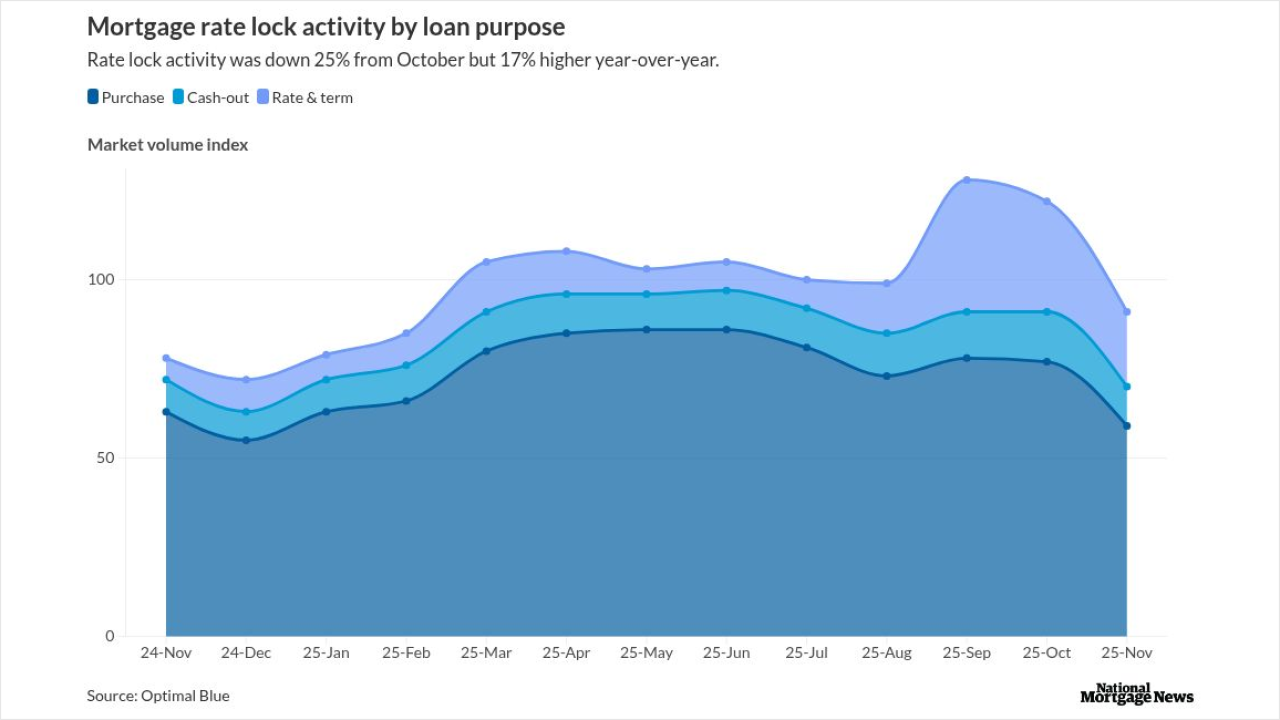U.S. life insurers have been allocating more of their holdings to collateralized loan obligations (CLOs) in recent years, with holdings reaching $157 billion as of year-end 2022. The total for year-end 2023 is likely to be higher still, Moody's Ratings says in a recent look at the insurance sector, as firms are drawn in by highly rated assets that actually pay attractive yields.
But as the industry's CLO holdings increase so do questions about the effectiveness of insurers' portfolio risk management methods.
U.S. insurance companies now account for 25% of the entire CLO market, says John Hwang, portfolio manager at Western Asset Management Company. Although these investments account for less than 4% of their overall cash and invested assets, some life insurers have increased their CLO exposures to over 15%, according to the Moody's report, "CLO Holdings Rise As Regulators Review Capital Charges."
A diverse, high quality resource
The availability of highly rated CLOs is one reason for the growth in investment.
"You can get Aaa and Aa securities in the structured market that are less available and common in the traditional corporate bond market," according to Shachar Gonen, a senior vice president and credit officer at Moody's. U.S. life insurers now hold significantly more Aaa-rated CLOs ($60 billion) than Aaa-rated corporate bonds ($35.8 billion), according to Moody's.
These CLOs pay a yield premium to compensate for the lower liquidity and greater complexity so often found in corporate bonds. What's more, the higher yield doesn't necessarily come with greater risk.
"Besides their enhancements, CLOs are diversified across businesses, industries and geographies," said Aniket Deshpande, vice president and senior credit officer of structured finance at Moody's. "That makes them less exposed to idiosyncratic risk than a corporate bond, which is an investment in a specific business and industry. CLOs can also be used to increase diversification in a portfolio."
CLOs have shown resilience through several market cycles, and CLO impairment rates have demonstrated strong outperformance versus corporates and other structured products, according to Komal Shahzad, a senior vice president of CLO tranche, leveraged finance at PineBridge Investments.
"They provide an extremely attractive yield, adjusted for risk-based capital (RBC) charges versus other fixed-income credit products," Shahzad said, adding that senior CLO tranches will remain resilient in the current rate environment. She also expects CLO allocations to continue growing because of their attractive risk-adjusted return opportunities.
Stepped-up examination
The increased interest in CLOs has prompted Moody's to take a deeper look at the implications for insurers' portfolio risk management, particularly those with a higher allocation to the asset class. Regulators are also evaluating insurers to ensure they are appropriately capitalized and have the resources to meet their obligations and liabilities, Gonen said.
The bodies involved in this work include the National Association of Insurance Commissioners (NAIC) and its Structured Securities Group (SSG), the American Academy of Actuaries, and the Risk-Based Capital Investment Risk and Evaluation Working Group (RBCIRE WG).
Some of the proposed regulatory changes include revisions to the RBC charges to discourage insurance companies from taking advantage of the ratings arbitrage, Shahzad said.
Regulatory changes are a source of potential risk for CLOs and how insurance companies are allowed to categorize them on their balance sheets, Hwang said.
"Any increase in risk weightings will have the effect of eroding the risk/reward profile of CLOs and has the potential to affect demand from insurance companies."
According to Hwang, recent proposed changes by the NAIC faced firm pushback from industry participants, and most of the market views the potential change to overall demand to be marginal.




